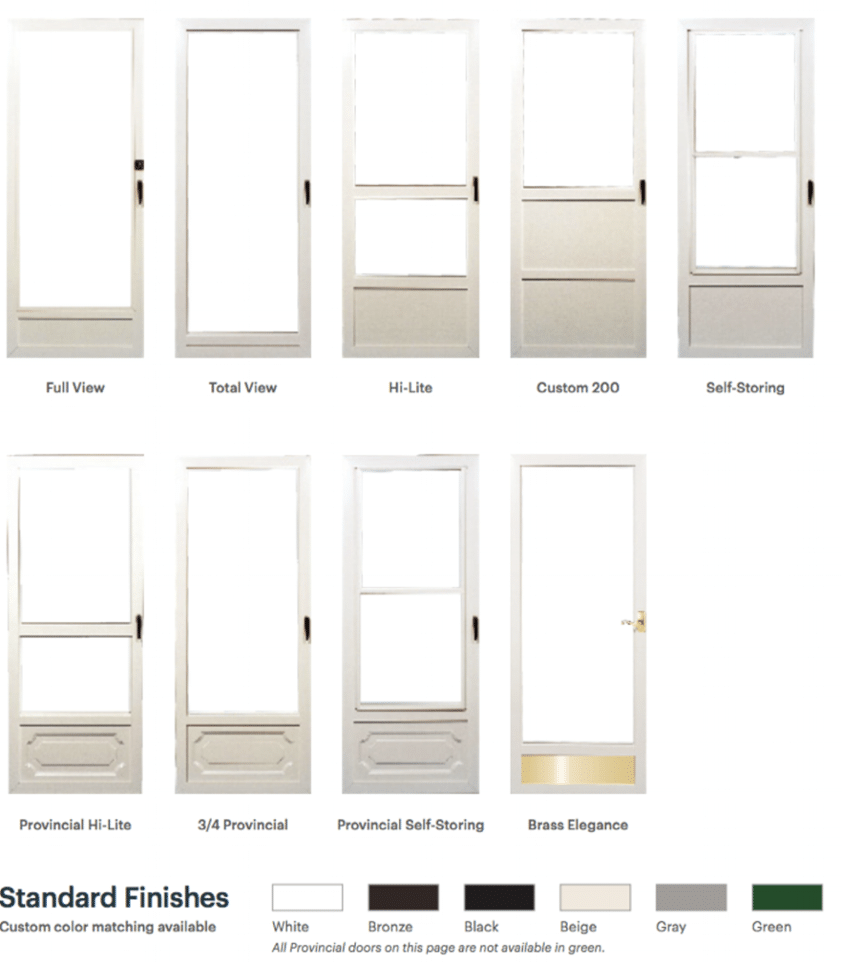The past decade has seen some remarkable advances in the technology associated with the manufacturing of residential windows. For this reason, one of the best green home remodeling investments that any homeowner can make is to replace any or all of their traditional windows with energy efficient ones. With that thought in mind, here is a comprehensive rundown of what you need to know before deciding on which replacement windows will be best for your home:
General Window Types
Windows in every standard style offer options for energy efficiency. The most common are the ubiquitous double-hung windows used in the vast majority of homes. However, you can also find awning windows that open from the top, “hoppers” that open from the bottom and casement windows that open from the side with the use of a crank. In addition, there are sliding glass windows that operate as their name implies and fixed windows that do not open at all.
Single vs. Double Pane
As the name implies a double pane window utilizes two sheets of glass as opposed to one in order to improve the thermal blocking capability of the entire window. An inert gas – such as krypton or argon – is often injected into the interior space between the two panes to impede the flow of heat even more. In any event, the combination of two sheets of glass plus a layer of still air makes double pane windows far more efficient in both summer and winter than single pane ones.
Improved R (or U) Values
In its most technical sense, the R-value of any material is its ability to inhibit the flow of heat from one of its sides to the other. The term is most commonly used when referring to thermal insulation. The thermal ratings of window ratings, however, are measured in a slightly different manner, the U-value- which is actually the inverse of the R-value. To simplify the matter, look for high R-values and consequently low U-values when choosing a replacement window that offers energy efficiency. There are of course other factors to consider when choosing such a window, but these values are definitely the place to start when commencing your search.
Enhanced Low-E Glass
While the above R- or U-value measures the entire energy efficiency of a window, the various components of the window can also be measured separately. One of the most important of these components is the glass in the window and its E-value. Low-emissivity or “low-E” glass is preferable to regular glass for a number of reasons. In particular, low-E glass provides far better resistance to inductive heat flow, a better reflective quality for incident sunlight as well as superior blockage of UV light into the living space of a home. Low-E glass insulates a home from heat in the summer and the cold in the winter, keeps rain and sleet on the outside as well as eliminates any effects of ultraviolet light on the interior of a home and its contents.
Better Types of Frames
The latest energy efficient windows utilize a wide variety of frame types – wood, fiberglass, aluminum and vinyl as well as a few combinations of the above. Wood is usually used in moderate climates as it is not quite as durable as the other materials and also requires a bit more maintenance. It is usually preferred on high-end homes where its look is treasured and the expenses mentioned are not nearly so minded as on lower-end homes. Aluminum is usually used on commercial projects or on ancillary residential structures like pool houses and garages. Vinyl is the majority choice as it is extremely durable, needs almost no maintenance other than the occasional cleaning and fits most budgets the best.
Lowered Operating Costs
While all windows will provide protection against the elements and provide a measure of security against other dangers, energy efficient ones are also a bulwark against financial loss. In fact, the amount of money that the most energy-efficient windows can save a homeowner will often pay for the upgrade – through lowered monthly utility bills – in a matter of five years or less. It is simply a matter of finding the needed capital and having the windows installed. The operating cost savings will then occur naturally.
Versatile Aesthetics
One of the least known benefits of energy-efficient windows – especially the ones manufactured from fiberglass and vinyl – is their aesthetic versatility. Not only can vinyl windows be manufactured in almost any color but the interior and the exterior portions can be made to match different colors and decors – and in an affordable manner. It is simply a matter of choosing the colors and styles that you want on each facing and letting the manufacturer know.
Proper Installation
Choosing the very best energy-efficient windows is but only one step in the process. Without proper installation, they will lack efficiency and effectiveness. In fact, you could spend a lot of money and not see the same results if windows are improperly insulated around the perimeter of the frame, or if other gaps are allowed. Instead, it is recommended that any replacement window be installed by a reputable local window installation company to ensure the very best performance and maximum long-term savings.
As you can see, there are a number of important factors to consider when choosing the right energy-efficient windows for your home. Still, finding the best ones need not be a daunting task. All it takes is some time and effort paired with a little help from an experienced professional. Contact us for more information on energy efficiency and your home.
Subscribe to ProEdge Remodeling's Blog





